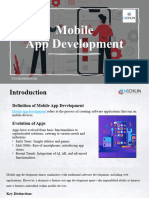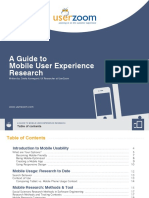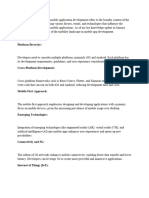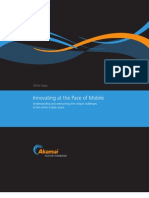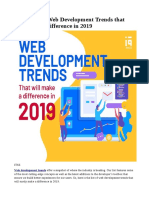0% found this document useful (0 votes)
72 views7 pagesMobile-First Development Guide
Embark on a transformative journey in the digital realm! ?? Explore the nuances of mobile-first development in our latest article. Uncover strategies for seamless user experiences, dive into cutting-edge technologies, and gain insights to stay ahead in the ever-evolving landscape.
Uploaded by
khalidnaila986Copyright
© © All Rights Reserved
We take content rights seriously. If you suspect this is your content, claim it here.
Available Formats
Download as PDF, TXT or read online on Scribd
0% found this document useful (0 votes)
72 views7 pagesMobile-First Development Guide
Embark on a transformative journey in the digital realm! ?? Explore the nuances of mobile-first development in our latest article. Uncover strategies for seamless user experiences, dive into cutting-edge technologies, and gain insights to stay ahead in the ever-evolving landscape.
Uploaded by
khalidnaila986Copyright
© © All Rights Reserved
We take content rights seriously. If you suspect this is your content, claim it here.
Available Formats
Download as PDF, TXT or read online on Scribd
/ 7






